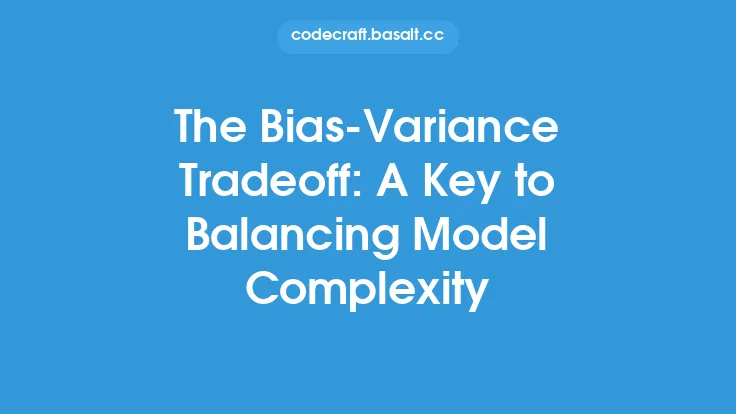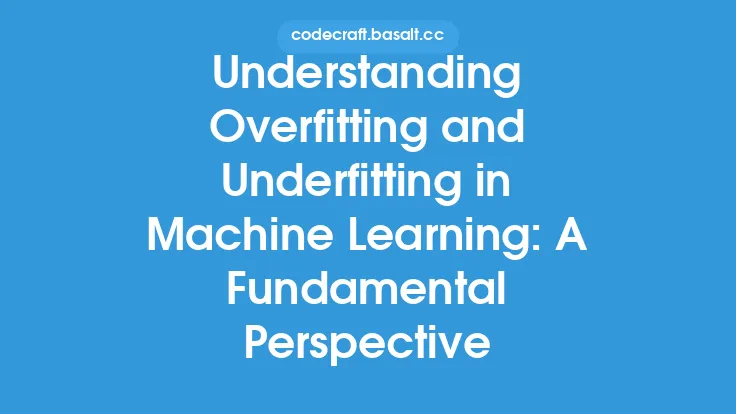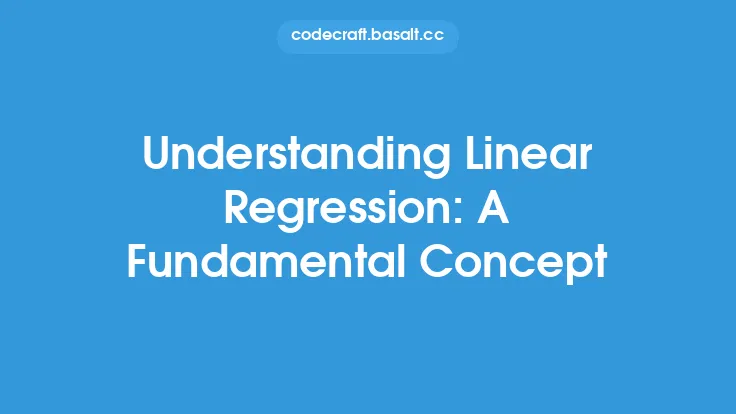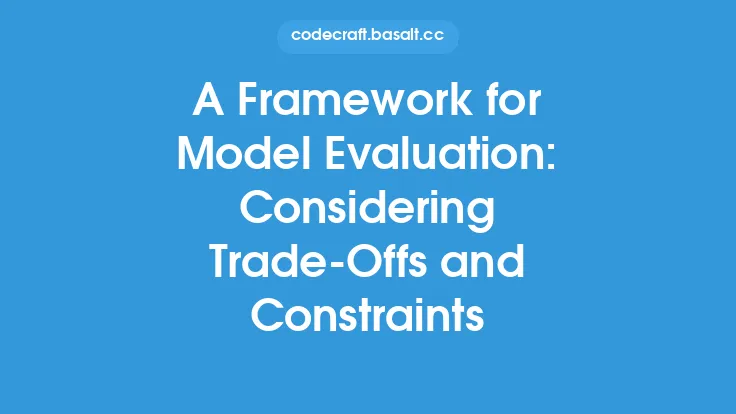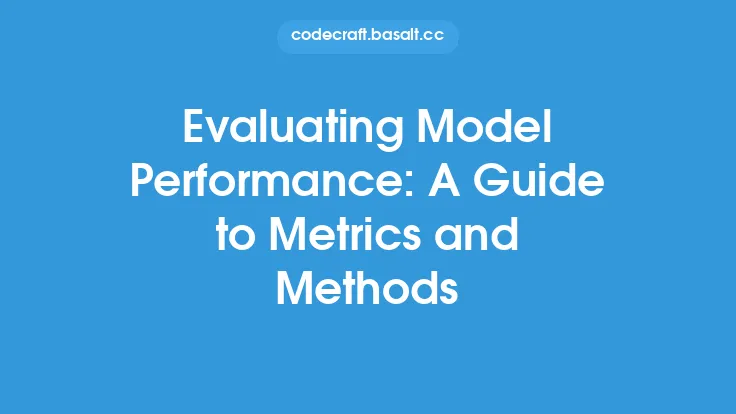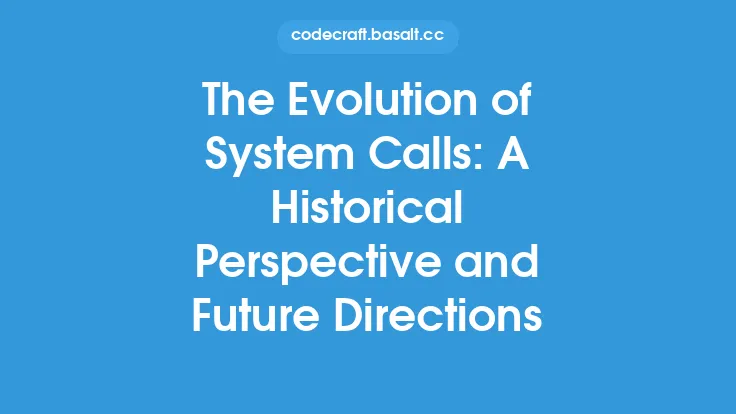Machine learning models are only as good as their ability to generalize from the training data to new, unseen data. However, the performance of a model is often limited by two fundamental issues: bias and variance. Understanding these concepts is crucial for building effective models, as they directly impact the model's ability to make accurate predictions. In this article, we will delve into the world of model bias and variance, exploring their definitions, causes, and consequences, as well as strategies for mitigating their effects.
Introduction to Bias and Variance
Bias and variance are two types of errors that can occur in a model's predictions. Bias refers to the error introduced by simplifying a real-world problem, which can result in a model that is consistently off from the true value. On the other hand, variance refers to the error introduced by the noise in the training data, which can cause a model to be inconsistent in its predictions. Ideally, a model should have low bias and low variance, but in practice, there is often a trade-off between the two.
Causes of Bias
Bias can arise from several sources, including the choice of model, the quality of the training data, and the optimization algorithm used to train the model. For example, a linear model may be biased if the underlying relationship between the features and target variable is non-linear. Similarly, if the training data is not representative of the population, the model may be biased towards the subset of the data that it was trained on. Additionally, some optimization algorithms, such as gradient descent, can introduce bias if they converge to a local minimum rather than the global minimum.
Causes of Variance
Variance, on the other hand, is often caused by the noise in the training data. This noise can arise from a variety of sources, including measurement errors, sampling errors, and inherent randomness in the data. Models that are too complex, such as those with many parameters, can also exhibit high variance. This is because complex models are more prone to overfitting, which occurs when a model is too closely fit to the training data and fails to generalize to new data.
The Bias-Variance Trade-Off
The bias-variance trade-off is a fundamental concept in machine learning, which states that there is a trade-off between the bias and variance of a model. Models with low bias often have high variance, and vice versa. For example, a simple linear model may have low variance but high bias, while a complex neural network may have low bias but high variance. The goal of model selection is to find a model that balances the bias and variance, resulting in the best possible performance on unseen data.
Strategies for Mitigating Bias and Variance
There are several strategies that can be used to mitigate the effects of bias and variance. One approach is to use regularization techniques, such as L1 and L2 regularization, which can help to reduce overfitting and variance. Another approach is to use ensemble methods, such as bagging and boosting, which can help to reduce bias and variance by combining the predictions of multiple models. Additionally, techniques such as cross-validation can be used to evaluate the performance of a model on unseen data, which can help to identify and mitigate the effects of bias and variance.
Model Complexity and the Bias-Variance Trade-Off
The complexity of a model plays a crucial role in the bias-variance trade-off. Simple models, such as linear models, often have low variance but high bias, while complex models, such as neural networks, often have low bias but high variance. As the complexity of a model increases, the bias tends to decrease, but the variance tends to increase. This is because complex models are more prone to overfitting, which can result in high variance. On the other hand, simple models may not be able to capture the underlying relationships in the data, resulting in high bias.
The Role of Data in Mitigating Bias and Variance
Data plays a critical role in mitigating the effects of bias and variance. High-quality data that is representative of the population can help to reduce bias, while large datasets can help to reduce variance. Additionally, techniques such as data augmentation and feature engineering can be used to increase the size and quality of the dataset, which can help to mitigate the effects of bias and variance.
Conclusion
In conclusion, bias and variance are two fundamental issues that can limit the performance of a machine learning model. Understanding the causes and consequences of these issues is crucial for building effective models. By using strategies such as regularization, ensemble methods, and cross-validation, it is possible to mitigate the effects of bias and variance, resulting in models that are more accurate and reliable. Additionally, the complexity of a model and the quality of the data play a critical role in the bias-variance trade-off, and techniques such as data augmentation and feature engineering can be used to improve the performance of a model. By carefully considering these factors, it is possible to build models that are well-suited to real-world problems, and that can provide accurate and reliable predictions.
